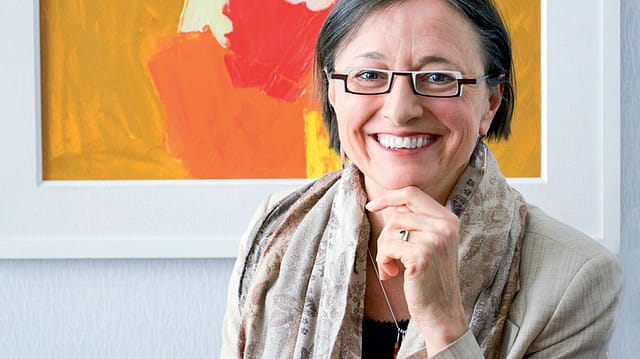Is Xerox your new doc?
ADVERTISEMENT

Technology breakthroughs such as graphical user interface, mouse, and laser printing have come from Xerox. Sophie Vandebroek, its chief technology officer and president of Xerox Innovation Group, was in Bengaluru recently where she and Manish Gupta, vice president and director, Xerox Research Centre India, gave Fortune India a peek into the company’s next big idea. Edited excerpts:
You are known to have a keen eye on the future. How do you pick up the cues?
Vandebroek: Mainly by being in our labs. I visit Bengaluru once every nine months, the PARC (an R&D firm under Xerox) labs in Silicon Valley and Canada every quarter, and our European labs twice a year. There I see the ideas that will push the boundaries of the unknown. Many of these concepts aren’t patented today, but help envision the future. The other source is our internal screening sessions with customers. There you understand their dreams and pain points. You marry that with what is technologically feasible to create the future. The third is our work with partners such as universities.
What are the waves of the future that Xerox is currently working on?
We can’t tell about the waves which we have noticed but haven’t filed patents for [laughs]. One big wave is health care, where it is increasingly all about data, such as a patient’s personal genome. That will lead to individuals taking more control over their own health care. Think of mini-robots embedded in your bloodstream that are able to diagnose a condition you may have.
January 2026
Netflix, which has been in India for a decade, has successfully struck a balance between high-class premium content and pricing that attracts a range of customers. Find out how the U.S. streaming giant evolved in India, plus an exclusive interview with CEO Ted Sarandos. Also read about the Best Investments for 2026, and how rising growth and easing inflation will come in handy for finance minister Nirmala Sitharaman as she prepares Budget 2026.
The shift from people answering customer-care phone calls to machines managing them is the other wave. Overall, the idea is to be more personalised and use data to prevent issues in the first place. Only when the virtual agents aren’t sure of what to do will human agents come in.Another wave is the creation of smart objects through 3D printing that are connected to the Internet of everything.
What kind of health-care work is being done at Xerox?
Gupta: Our researchers have access to thousands of anonymous patient data records to which they are applying analytics and machine learning tools. One problem is to predict who among the patients in the hospital is likely to turn serious and warrant an admission into the ICU, and then prevent it from happening. We are trying to understand the triggers that may have led to a complication and then, when a new patient arrives, apply that data to look for similar triggers. We are also working on non-contact sensing of body vitals, essentially by using cameras to detect conditions like cardiac arrhythmia.
We hear that transportation is another big focus area.
Vandebroek: Yes, we are trying to help people identify the best mode of transportation, depending on where they are.
Gupta: The way to ultimately reduce traffic congestion in India is to make public transport systems user-friendly. Xerox hasn’t entered the Indian services market, but we looked at regions where our transportation services are being offered for ideas. In South America, for instance, Xerox provides ticketing solutions to cities growing just at the pace of those in India. The data generated give us insight on demand—how many people want to go from point A to B and when. Based on that we are building solutions for better routing and schedules for buses. Bus schedules in most cities are not data-driven and are either based on gut feel or surveys done decades ago. There is a lot of room for innovation.
